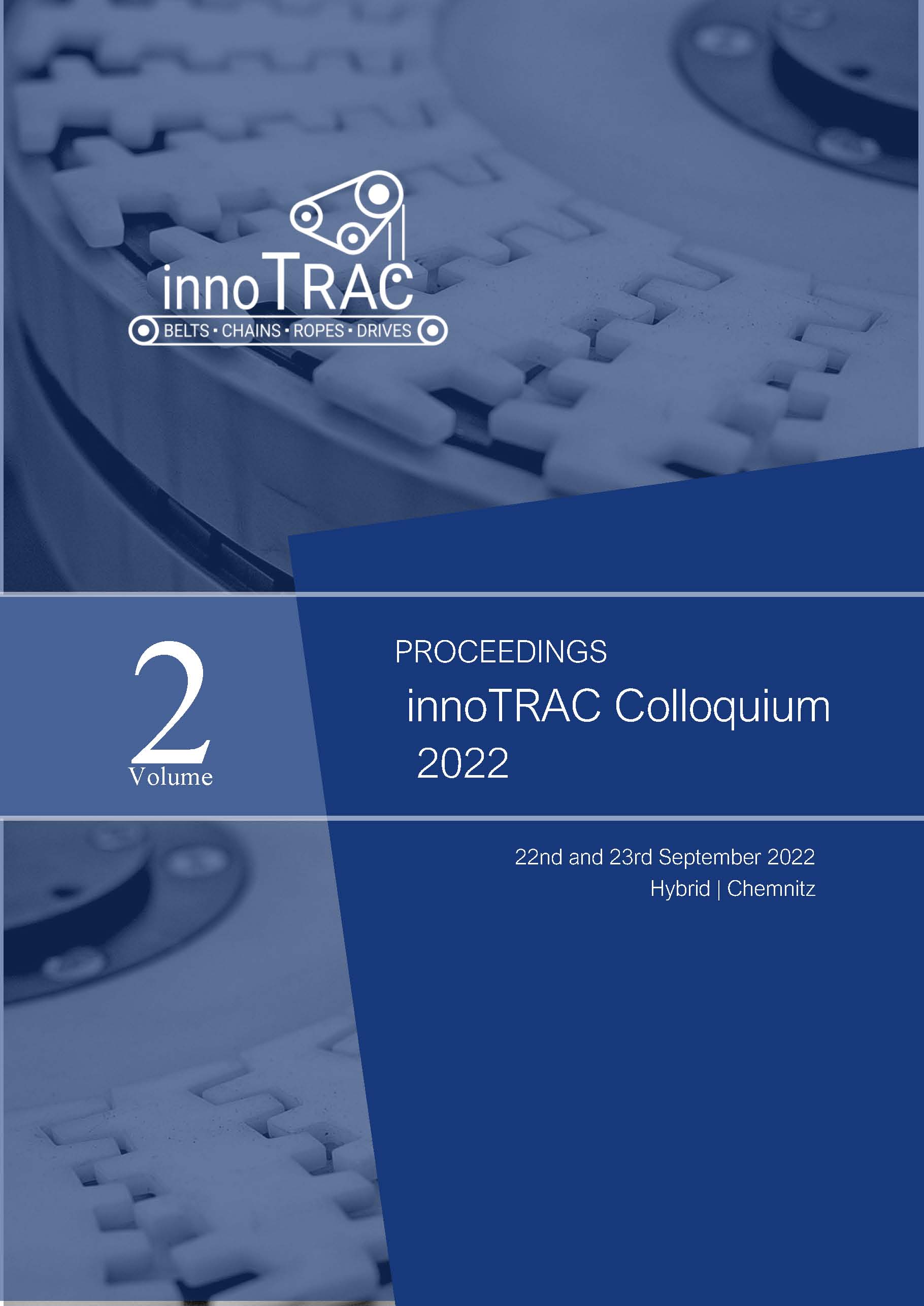Tribological and mechanical properties of lubricant filled microcapsules in thermoplastic composites
DOI:
https://doi.org/10.14464/innotrac.v2i1.514Keywords:
plastic, oil-filled-microcapsules, self-lubrication, tribology, wear, compounding, thermoplastic compound, functionalized compounds, POM, PBTAbstract
Polymeric materials with long lifetime and low frictional energy loss are frequently required for a broad range of applications. Microencapsulation of lubricating oils by in-situ polymerization (melamine-formaldehyde) and interfacial polymerization (polyurethane/polyurea) was used to obtain free-flowing powders, which can be used as additive for thermoplastic materials resulting in microcapsule-containing self-lubricating composites. The specific functionality of such composites is achieved via portioned and localised release of the lubricant in the areas of the interface, which experiences the highest degrees of stress and wear due to the friction. Friction-triggered on-demand release of the lubricating oil results in materials with higher wear resistance and potentially leading to new products with prolonged lifetime. In this study, different ratios of microcapsules were added in polyoxymethylene (POM) and polybutylterephthalat (PBT) matrices by using laboratory scale twin-screw extruder resulting in self-lubricating composite materials. The effect of such modification on the tribological and mechanical properties of the thermoplastic composites were investigated. Rotational ball on disc tests were used to investigate the wear loss and coefficient of friction for the composites with varied microcapsule concentrations. Tensile tests revealed decreased mechanical stability for the composites with higher microcapsule content regardless of microcapsule wall material composition. Addition of 5 wt.- % of encapsulated lubricant oil led to the substantial decrease of the frictional and wear coefficients. Further increase of encapsulated lubricant oil content to 10 wt.-% had a major decreasing impact on the mechanical properties, whilst the effect on the tribological performance was rather small.

Downloads
Published
How to Cite
Issue
Section
License
Copyright (c) 2022 Moritz Grünewald, Alexandra Latnikova, Katrin Hohmann, Anne Sänger, Johannes Rudloff, Michael Bosse, Thomas Hochrein, Martin Bastian

This work is licensed under a Creative Commons Attribution 4.0 International License.
All articles will be published open access under the license Creative Commons Attribution 4.0 (CC BY 4.0).
